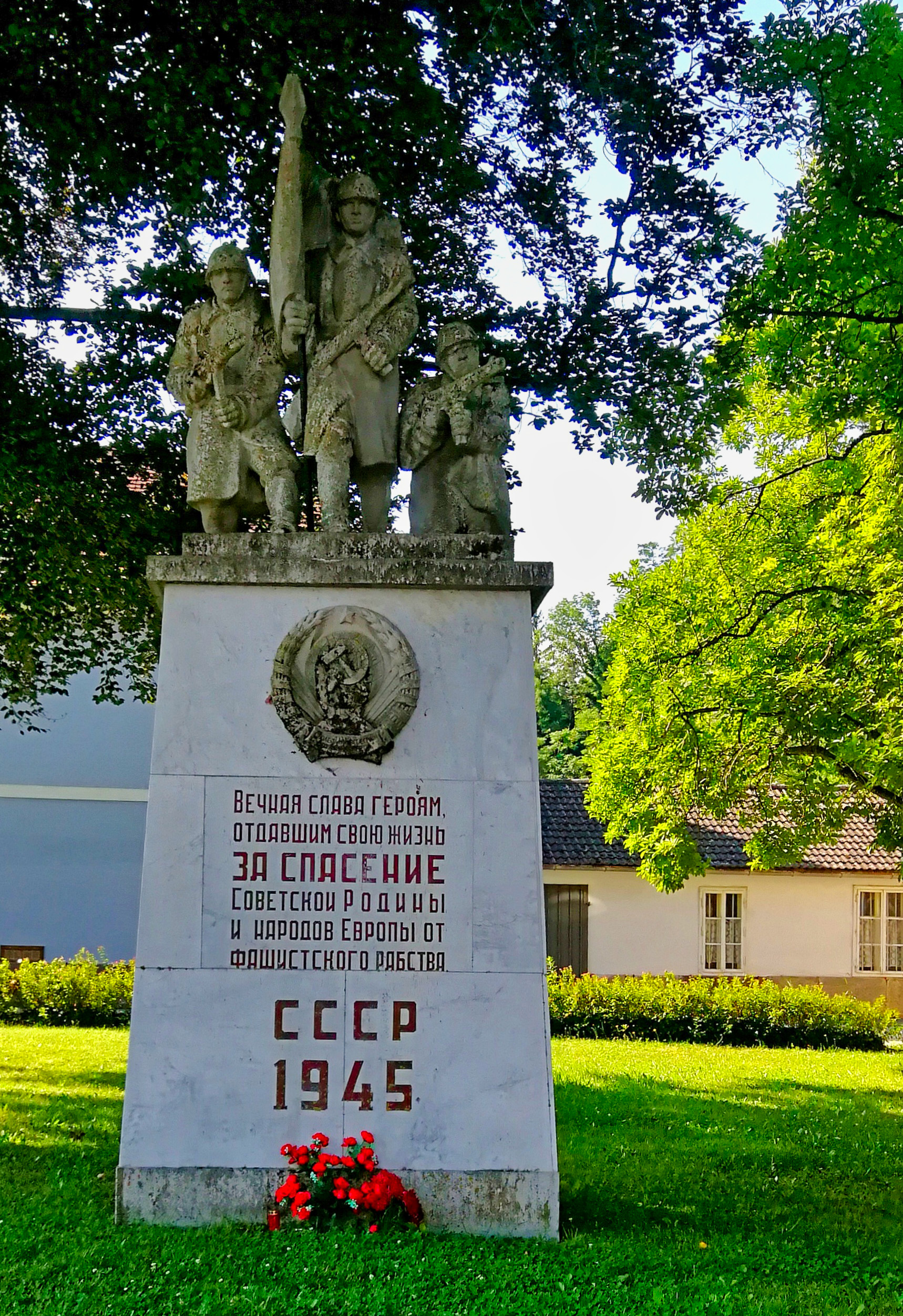Soviet Victory Memorial Bad Radkersburg
/This memorial commemorates the victory of the Red Army in 1945 against the nazi fascist
Located near the border with the Kingdom of Hungary, it was affected by the armed conflict between King Matthias Corvinus and Emperor Frederick III in the late 15th century. During the Ottoman–Habsburg wars, extended fortifications were laid out according to plans designed by the Italian architect Domenico dell'Allio. Radkersburg was elevated to an Imperial fortress by resolution of the 1582 Diet of Augsburg.
In the course of the 19th century language conflict, nationalist struggles in the ethnically mixed area arose between the predominantly German-speaking citizens and the Slovene-speaking peasant population down the Mur River. A garrison town of the Austro-Hungarian Army in World War I, it was occupied by troops of the newly emerged Kingdom of Serbs, Croats and Slovenes (Yugoslavia) on 1 December 1918. An armed revolt against the occupation forces, led by Johann Mickl, in order to affiliate the town with German-Austria failed. Nevertheless, by resolution of the 1919 Treaty of Saint-Germain, the area north of the Mur passed to the First Austrian Republic, while Oberradkersburg (Gornja Radgona) and the neighbouring municipality of Apače (Abstall), on the south bank, became part of Yugoslavia.
The nationalist conflicts lingered on, on both sides of the border. In World War II many members of the German minority greeted the Wehrmacht invasion of Yugoslavia in 1941 and joined the German combat units, while large parts of Radkersburg were devastated by armed conflicts. After the war, most of the remaining German-speaking population south of the Mur was forcibly expelled.
The Radkersburg bridge across the Mur was reopened on October 12, 1969 which led to a first rapprochement between Austria and Yugoslavia. In 1975 the town achieved spa status, another thermal spring was made accessible in 1978, soon followed by an extension to the bathing site. Since Slovenia joined the Schengen Area in 2007, border controls between Radkersburg and Gornja Radgona have been abolished.








